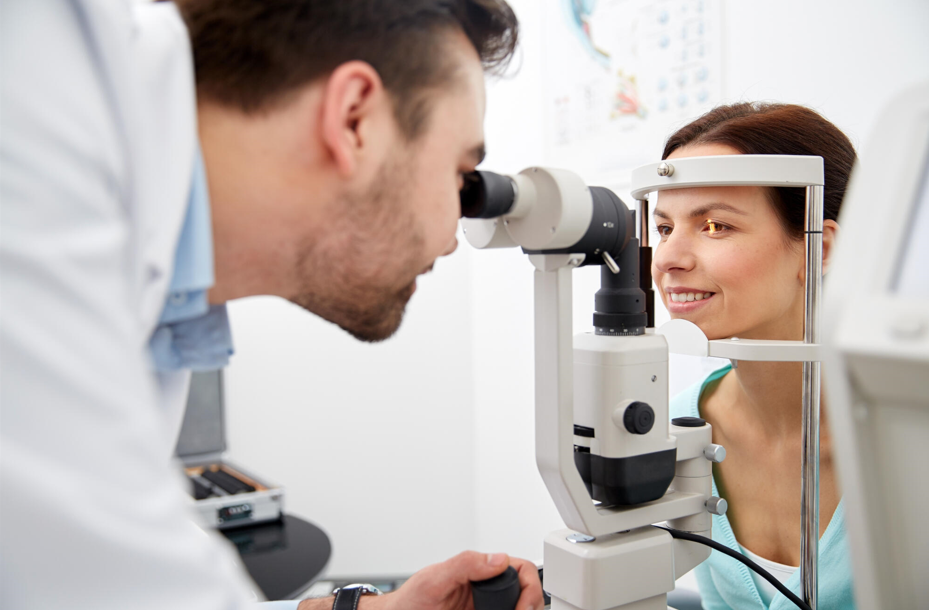Eye care has come a long way from basic eye charts and handheld lenses. Today, optometrists and eye doctors use advanced tools to diagnose and treat vision problems more accurately. These tools not only improve how doctors work but also give patients better results.
From imaging systems to laser machines, modern eye care is now faster, safer, and more precise than ever.
Digital Retinal Imaging: Seeing What the Eye Can’t
One of the most useful tools in advanced eye care is digital retinal imaging. This technology allows doctors to take high-resolution pictures of the back of your eye (the retina). These images help detect diseases like glaucoma, macular degeneration, and diabetic retinopathy early-before you notice symptoms.
Instead of dilating your eyes and using a flashlight, doctors can now scan your eyes in seconds. This makes checkups quicker and more comfortable for patients. Digital images can also be stored and compared over time to track changes in your eye health.
Optical Coherence Tomography (OCT): A Deep Look Inside
OCT is like an ultrasound for your eyes-but instead of sound waves, it uses light waves. It gives doctors a detailed 3D view of the retina and optic nerve. This is especially helpful for spotting issues like fluid build-up or thinning tissue layers.
Because OCT scans are non-invasive and painless, they’ve become a standard part of care for many people with long-term eye conditions. Even a small change in eye tissue can be seen, helping doctors adjust treatment early and avoid vision loss.
Automated Refraction Systems: Fast and Accurate Prescriptions
Refraction is the process of finding your eyeglass prescription. In the past, this involved flipping different lenses in front of your eyes and asking, “Which is better, one or two?” With automated refraction systems, this guesswork is reduced.
These devices measure how light bends as it enters your eyes, giving an accurate starting point for your prescription. Optometry Equipment Distributors now offer compact, user-friendly refraction tools that improve both speed and accuracy.
Visual Field Analyzers: Checking for Blind Spots
Visual field tests help detect blind spots in your peripheral (side) vision. This is important for spotting early signs of glaucoma or damage to the optic nerve. New machines now let patients press a button when they see lights in different areas of a screen, creating a map of their vision.
These tools are simple to use and very helpful in managing diseases that don’t show symptoms until later stages. Early detection can lead to better outcomes and protect long-term vision.
Laser Technology: Treating with Precision
Lasers are now widely used in eye care for both diagnosis and treatment. They can correct vision, treat eye diseases, and seal leaking blood vessels in the retina. For example, laser eye surgery (like LASIK) reshapes the cornea to fix nearsightedness or farsightedness.
Laser tools are also used to treat glaucoma by reducing eye pressure. These treatments are often quick, painless, and done right in the doctor’s office. Laser technology has made it possible to treat serious eye problems without cutting or stitching.
The Future of Eye Care Is Now
Advanced tools like imaging systems, lasers, and digital scanners have made eye care faster, safer, and more effective. Whether it’s catching a disease early or getting the perfect eyeglass prescription, these technologies are changing how we protect our vision.
If you’re visiting an eye clinic, ask about the tools they use. Reliable distributors help supply these technologies to clinics around the world, ensuring better service for every patient.
Found this article useful? Keep browsing the rest of this section for more.











